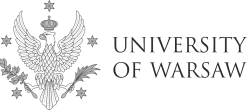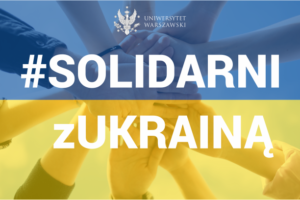Seminar details
Date: 11.06.2024
Tanja Petrushevska (Uni.Nova Gorica)
Strongly lensed supernovae: the past and the future
Abstract:
NO YOU TUBE!
The searches and observations of supernovae (SNe) have been motivated by the fact that they are exceptionally useful for various astrophysical and cosmological applications. Most prominently, Type Ia SNe (SNe Ia) have been used as distance indicators showing that the expansion rate of the Universe is accelerating. The strong gravitational lensing effect provides another powerful tool and occurs when a foreground mass distribution is located along the line of sight to a background source. It can happen so that galaxies and galaxy clusters can act as “gravitational telescopes”, boosting the faint signals from distant SNe and galaxies. Thanks to the magnification boost provided by the gravitational telescope, we are able to probe galaxies and SNe that otherwise would be undetectable. Therefore, the combination of the two tools, SNe and strong lensing, in the single phenomenon of strongly lensed SNe, provides a powerful simultaneous probe of several cosmological and astrophysical phenomena. By measuring the time delays of strongly lensed supernovae and having a high-quality strong lensing model of the galaxy cluster, it is possible to measure the Hubble constant with competitive precision. In this talk, I will present some of the past and recent results that have been possible due to the observations of strongly lensed supernovae and anticipate what we can expect in the future from the upcoming telescope surveys, such as the Vera C. Rubin Observatory and Nancy G. Roman Space Telescope.
Bio:
Tanja obtained her PhD in Physics at the University of Stockholm. Her research interests lie in the field of observational astrophysics and cosmology, in particular astrophysical transients such as supernovae and luminous flares from centres of galaxies. She is part of the LensWatch collaboration that aims to study strongly lensed supernovae and the ePESSTO+ collaboration, a Public ESO Spectroscopic Survey for Transient Objects, where she is active in the Tidal Disruption Events group. She is also a member of the Vera. C. Rubin Dark Energy Science Collaboration and the Strong Lensing Collaboration. Her scientific achievements were recognized with a Slovenian Presidential award in 2019. She led a National postdoc grant from 2019 to 2022.




